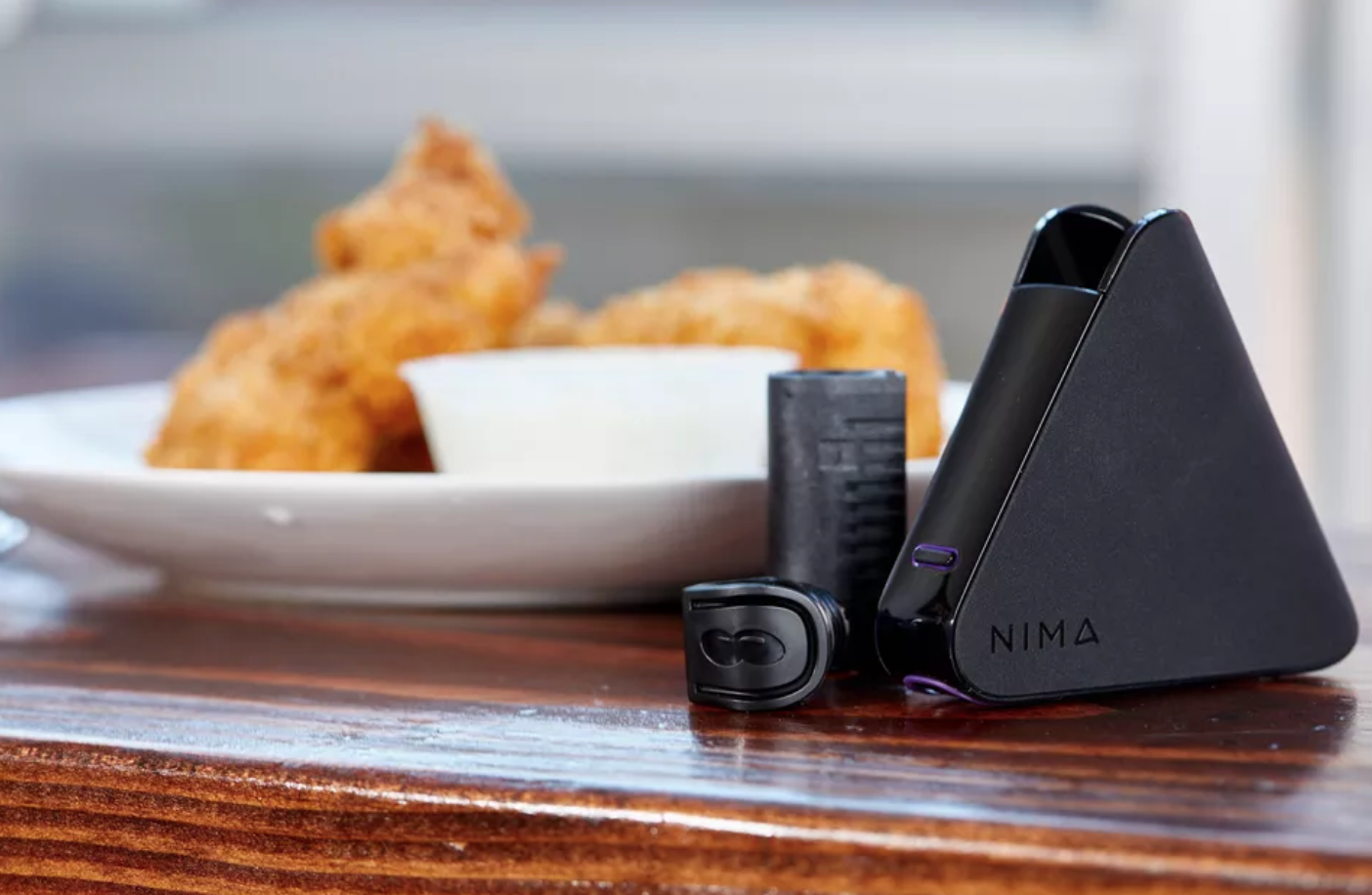
One of the most exciting events of the year for any “gadget head” arrived in Las Vegas earlier this month as the Consumer Electronics Show went into full swing.
It’s the annual trade show for companies to debut their newest tech products to the media as well as to each other. The Consumer Electronics Show (CES) covers all types of electronics, from games and 3D printing to self-driving cars and products in the health and wellness industry.
At least one health-tech expert is excited about what this year could bring.
“More consumer tech innovations can help overall healthcare and, more importantly, quicker diagnoses, in a big way. [Virtual reality] and [artificial intelligence] have been brewing for some time… but to see the different applications is encouraging,” Georgette Pascale, chief executive officer of Pascale Communications, told Healthline.
Here are some of the more unique pieces of health and fitness tech to come out of CES 2018.
Handheld peanut allergy sensor
Image source: Nima
Eating out with food allergies can be tricky, but it doesn’t have to be thanks to new handheld gadgets from a group of scientists who met at the Massachusetts Institute of Technology (MIT).
A company called Nima has already had success with the scientists’ portable gluten tester. At this year’s CES, the firm debuted a portable peanut tester that works the same way.
Diners can simply place a small amount of food into the sensor and close it. Within minutes, a picture of a peanut will appear on the side if traces of peanut protein are found. A smile will appear if it’s safe to eat.
Pascale said this device could be “huge for the patient audience” as well as schools.
An airbag for elderly hips
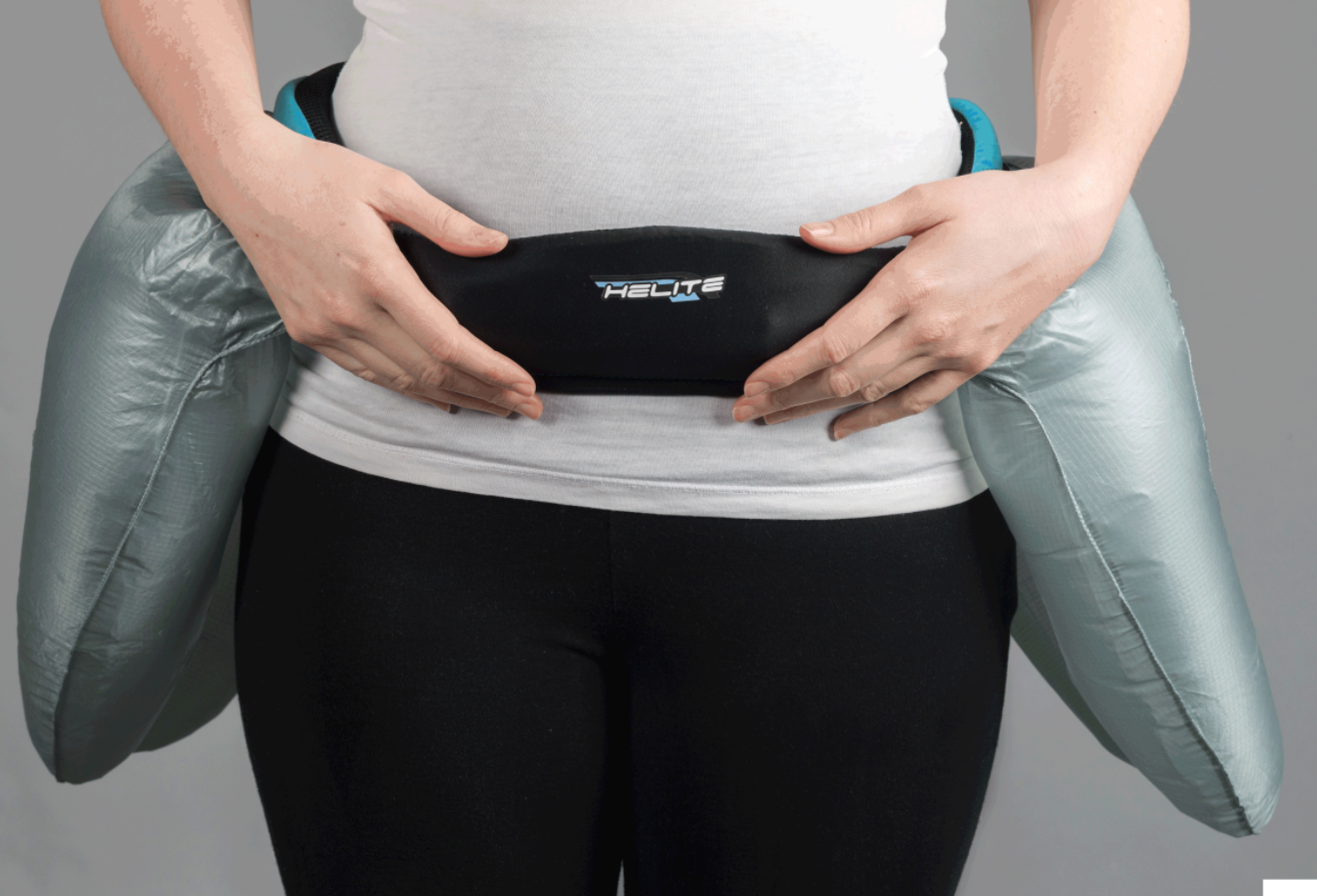
Image source: Helite
Airbags aren’t just for cars anymore. They’re also for Grandma.
The battery-operated Hip’Air looks like a belt and snaps on like a fanny pack. It features an electronic fall detection device and two lateral airbags, so it knows within seconds if the wearer is falling and can then detonate the airbags instantly.
As CNET reports, Hip’Air is the invention of a French company called Helite, which was already making similar airbags for horse riders and skiers. The company says its device can reduce 90 percent of the impact from a fall. They hope it can drastically reduce the number of hip injuries in the elderly.
Pascale called this invention a “great concept.”
She said the airbag can appeal to both older patients as well as their caregivers.
Headset for weight loss
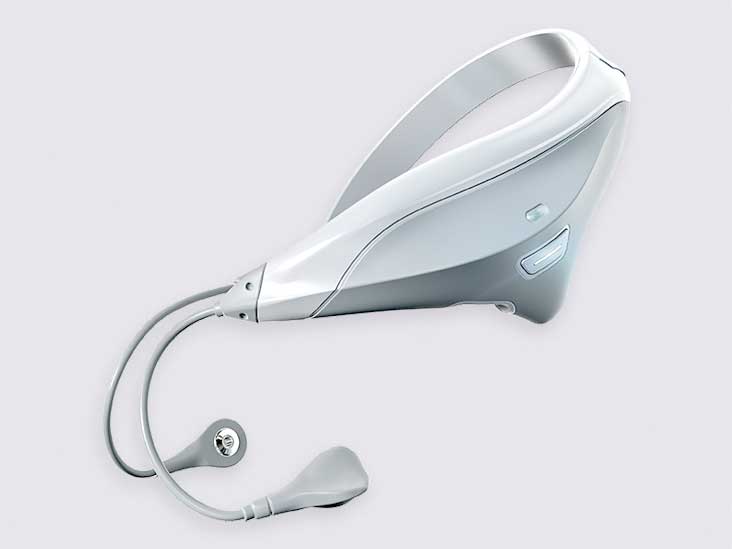
Image source: Modius Health
Officials at Modius Health say they can help people lose weight with a headset and an app.
Judging by how the company’s fundraiser was a smash hit on IndieGogo, people may just line up for this product.
Here’s how Modius works:
Place the headset on your head and attach electrode pads behind your ears. Then, open the Modius app and send electrical signals to the brain on one of 10 settings.
The company states that these currents stimulate the hypothalamus, and wearing the headset one hour a day can alter the “set point” of your body mass, leading to weight loss.
The tech blog The Verge is skeptical about the science behind these claims and the lack of long-term data analysis.
Pascale, however, said the device targets people who like both technology and exercise commitment.
“I like this for certain age groups,” she said.
A virtual reality gym

Image source: Dom Reseigh-Lincoln
Virtual reality exists for playing iPhone games, watching films, and skydiving. So why not working out?
Founded in 2016, Black Box VR is a gym created by the two guys behind Bodybuilding.com.
They compare this new experience in working out in augmented reality to gaming.
While wearing a sleek-looking VR headset, you’ll do a full-body workout as you compete against other “players” (or just try to beat your own past records) in a 30-minute-long workout.
According to the company website, the first Black Box Gym is expected to open in San Francisco a little later this year and features 10 rooms equipped for VR fitness training.
Pascale said this item isn’t really for her, but she can see a lot of people liking it.
She adds there could be a lot of opportunities to expand the concept into other areas.
AI fertility tracker
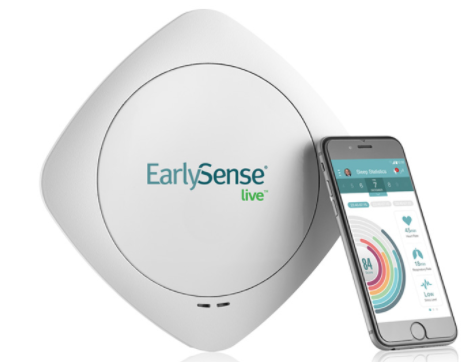
Image source: EarlySense Precept
Anyone who has tried to get pregnant knows there is a small window of opportunity… and then you have to wait for another month.
A fertility monitor called EarlySense Precept looks to do all the tracking for you.
According to MobiHealthNews, the monitor is placed underneath the mattress for three months, while it uses artificial intelligence (AI) to gather information about a woman’s fertility while she sleeps.
It sounds like “Big Brother,” but it’s only tracking her respiration and heart rate. The monitor connects with an app, which will let the woman know her six-day fertility window so she can seize the opportunity.
Pascale said the tracker seems reliable and tested. She added it could be of great benefit to busy women.
“This is an insanely cool AI application,” Pascale said. “It’s actually one of the best I’ve seen, and I’ve seen a lot.”
UV sensor
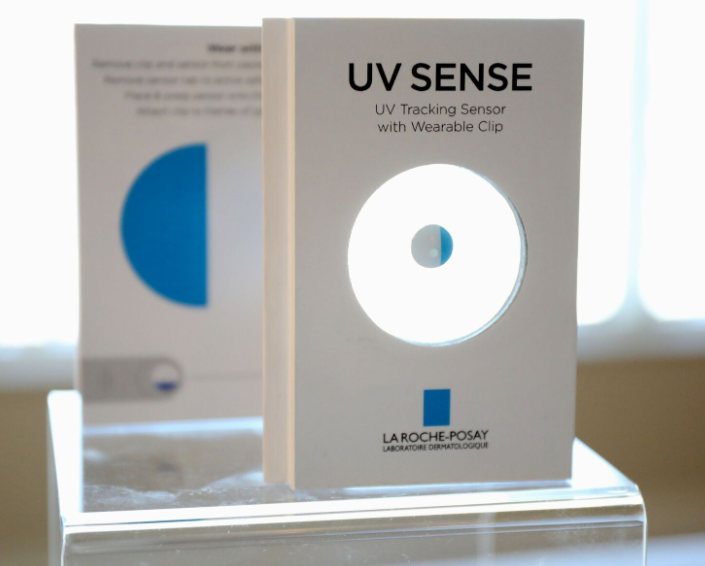
Image source: L’Oreal
It makes sense for a beauty brand like L’Oreal to be thinking about nails. They just haven’t thought of nails quite this way before.
The company is behind a new UV sensor called the UV Sense, a small, colorful button-sized adhesive that they recommend wearing on one’s thumbnail.
As the blog Dezeen explains, the tiny sensor soaks up the sun’s UV rays and sends information about sun exposure back to the app.
Users can then receive warnings when they’ve had too much sun exposure — before they get burned.
L’Oreal originally created a UV patch in 2016, which it debuted at that year’s CES, and now it has gone even smaller.
Pascale said she likes the preventative nature of this device. She adds it’s something dermatologists may be interested in promoting.
“There are so many uses, for lifeguards to gardeners to kids,” she said. “It’s easy to use.”
Overall, Pascale liked the practicality of the health technology items at this year’s show.
“These are not complicated items like in the past,” she said. “They are applicable to a wide variety of groups.”
source:-healthline
